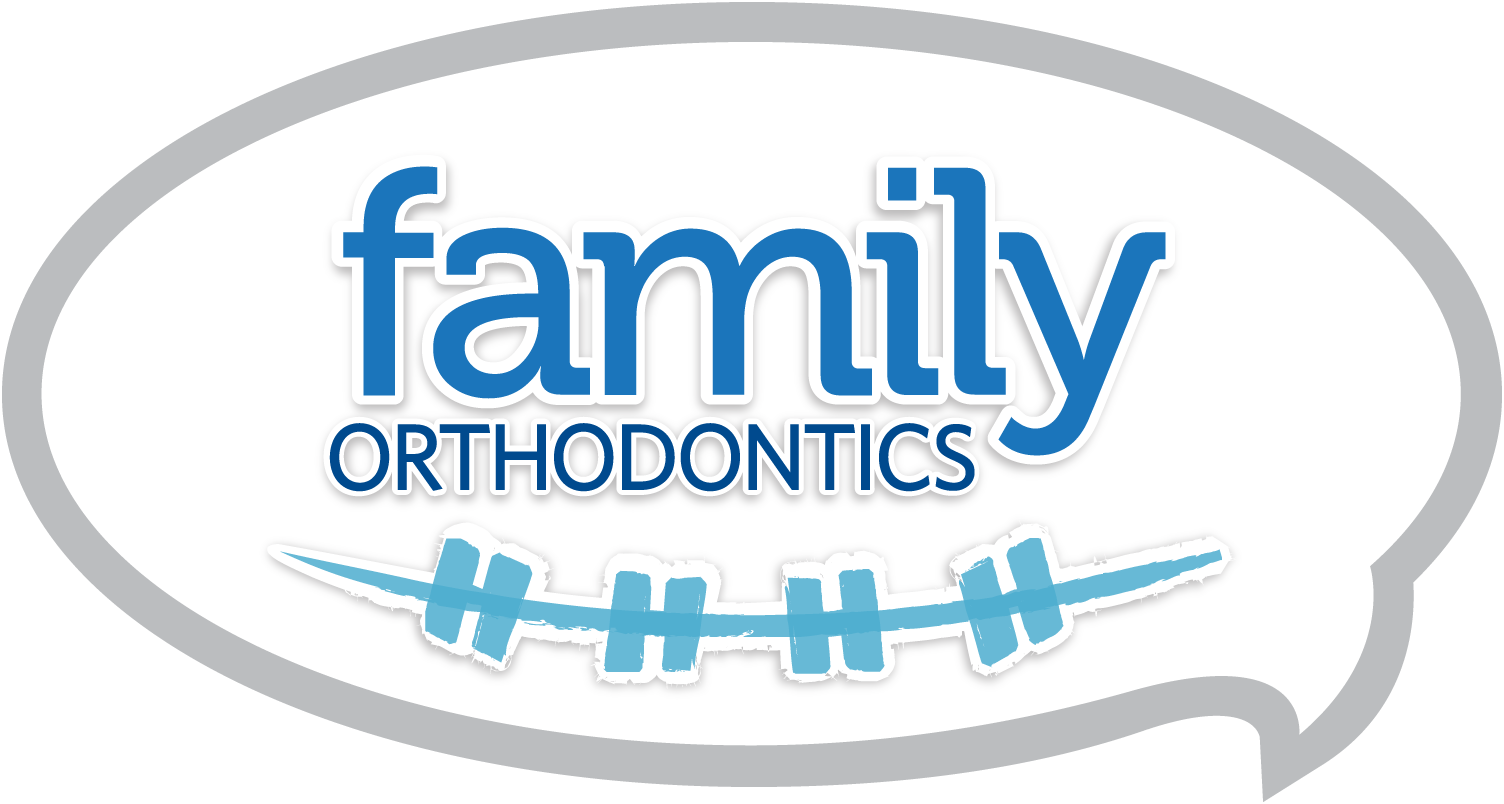
You’ve worked hard for your beautiful smile—let’s keep it that way! Discover how retainers can help.
Your orthodontic journey isn’t complete when your braces come off and your smile is beautiful, straight, and best of all, metal-free. Sure, you can celebrate, but if you want your smile looking its best for the rest of your life, you’ll have to wear a retainer.
A retainer preserves and stabilizes your results. How long should you use one? Until you want crooked teeth! Just as we tend to get shorter while we age, the bone in our jaws will change as well. Teeth are never stable. Nightly retainer wear for a lifetime (or no less than one night per week) is your best insurance to keep your smile in top shape.
Retainers are needed to control or limit potential changes in tooth position. They’re used after orthodontic tooth movement to hold teeth in their correct alignment while the surrounding gums, bone, and muscle adjust to the new positioning of your teeth.
Remember, a tight retainer means teeth are shifting! If this happens, you should wear yours more often. Only you can keep your teeth straight!
Types of Retainers
Retainers are custom-made and can be removable or fixed.
- Traditional removable retainers typically include a metal wire that surrounds the front teeth and is attached to an acrylic arch that sits in the roof of the mouth. The metal wires can be adjusted to finish treatment and continue minor movement of the front teeth as needed.
- Clear retainers look similar to clear aligners and offer a more aesthetic alternative to wire retainers. It is produced from a mold of your newly aligned teeth.
- Fixed retainers consist of wires bonded behind the bottom and/or top teeth. You can wear it for up to a year, but it is often kept in place for life or until the cement begins to fail. Since these are typically only on lower front teeth, you still need an overlay clear retainer to prevent the rest of your teeth from shifting!
Pros and Cons
- Removable retainers can be taken out for eating and hygiene routines, but they get lost easily.
- Keep yours in a case whenever you remove them.
- A fixed retainer is great if you don’t want to keep track of it, or you don’t want to worry about how many hours per day it must be worn.
- Teeth with fixed retainers require a little extra attention to remove tartar while flossing. Patients with fixed retainers often must use floss threaders to pass dental floss through the small spaces between the retainer and the teeth.

